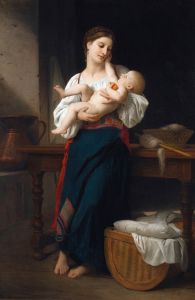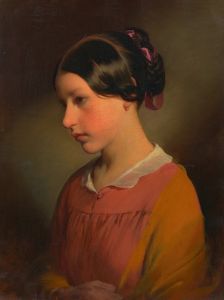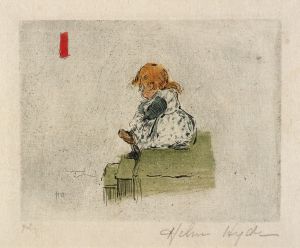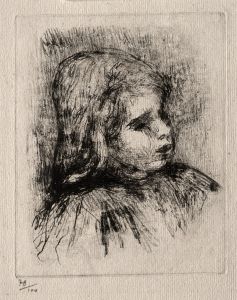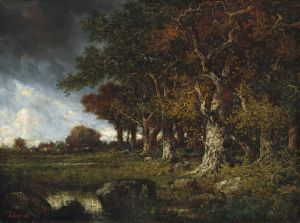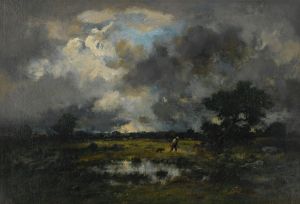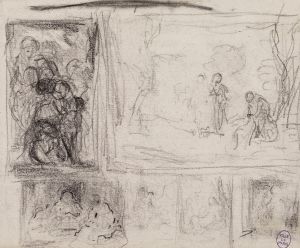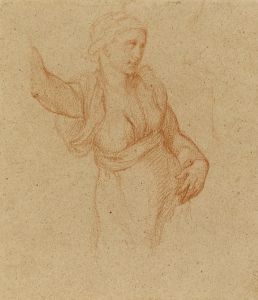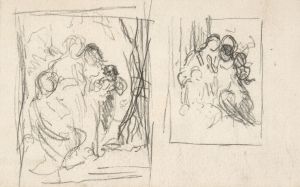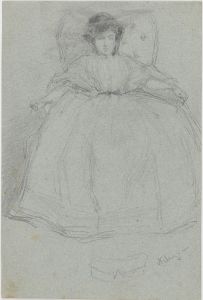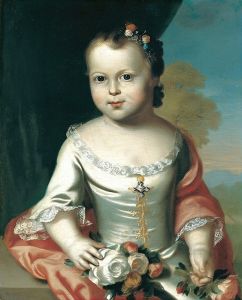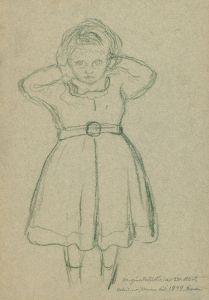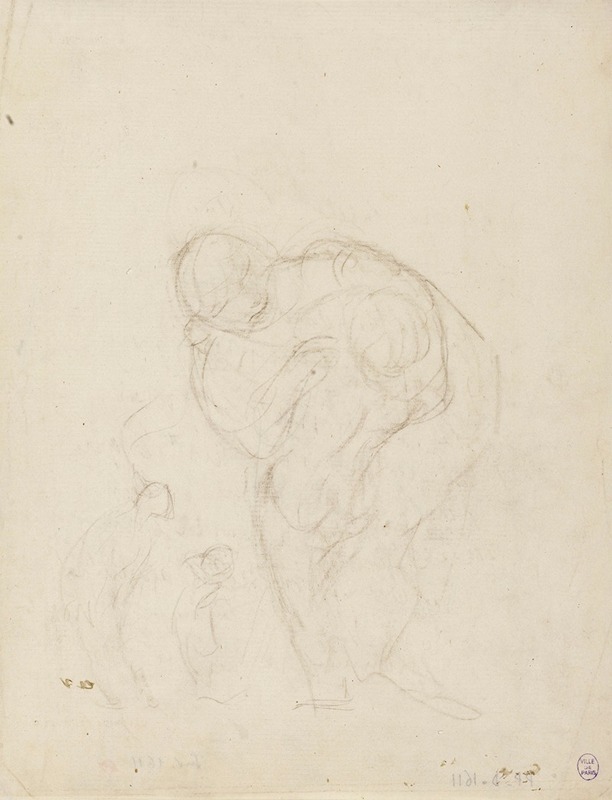
Femme et enfant
A hand-painted replica of Narcisse-Virgile Diaz de La Peña’s masterpiece Femme et enfant, meticulously crafted by professional artists to capture the true essence of the original. Each piece is created with museum-quality canvas and rare mineral pigments, carefully painted by experienced artists with delicate brushstrokes and rich, layered colors to perfectly recreate the texture of the original artwork. Unlike machine-printed reproductions, this hand-painted version brings the painting to life, infused with the artist’s emotions and skill in every stroke. Whether for personal collection or home decoration, it instantly elevates the artistic atmosphere of any space.
Narcisse-Virgile Diaz de la Peña (1807–1876) was a French painter associated with the Barbizon School, a group of artists who emphasized naturalistic landscapes and scenes of rural life during the mid-19th century. One of his works, Femme et enfant (translated as "Woman and Child"), reflects his characteristic style, which often combined Romanticism with a focus on nature and human figures.
Femme et enfant depicts a tender moment between a woman and a child, showcasing Diaz de la Peña's skill in rendering human emotion and interaction. The painting is notable for its warm color palette, soft brushwork, and attention to detail, particularly in the depiction of fabrics and natural surroundings. These elements are hallmarks of Diaz de la Peña's work, which often sought to evoke an intimate and idyllic atmosphere.
Diaz de la Peña was known for his ability to capture light and texture, and this painting is no exception. The interplay of light and shadow in Femme et enfant adds depth and dimension to the scene, drawing the viewer's attention to the central figures. The composition is balanced, with the figures positioned harmoniously within the setting, which may include elements of nature or a domestic environment. While the exact setting of this painting is not always specified, Diaz de la Peña frequently incorporated natural landscapes into his works, reflecting his connection to the Barbizon School's emphasis on plein air painting.
The artist's personal history and artistic influences also provide context for this work. Diaz de la Peña was born in Bordeaux, France, to Spanish parents and faced significant challenges early in life, including the loss of a leg due to illness. Despite these hardships, he became a prominent figure in the Barbizon School and was highly regarded for his landscapes, as well as his depictions of figures in natural settings. His work often drew inspiration from earlier Romantic painters, such as Eugène Delacroix, while also contributing to the development of Impressionism through his innovative use of color and light.
Although Femme et enfant is not as widely studied or documented as some of Diaz de la Peña's other works, it remains an example of his ability to combine technical skill with emotional resonance. The painting reflects the artist's broader interest in capturing the beauty of everyday life and the connection between humans and their environment. Today, Diaz de la Peña's works are held in various museums and private collections, where they continue to be appreciated for their artistic and historical significance.





